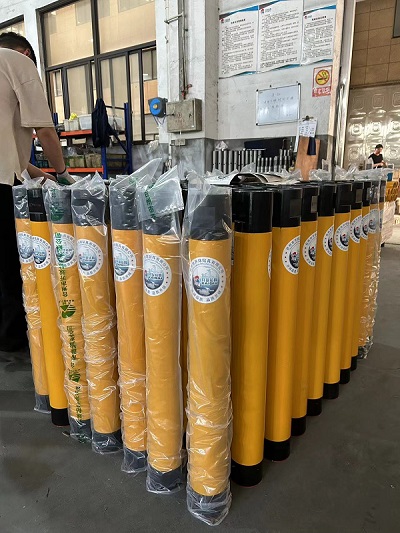Abstract:Supply Cheap Low Air Pressure DTH Hammer Drill Bits Cost
In the realm of drilling operations, the selection of drilling ...
Supply Cheap Low Air Pressure DTH Hammer Drill Bits Cost
In the realm of drilling operations, the selection of drilling equipment plays a pivotal role in determining the overall efficiency and cost-effectiveness of the process. One crucial component in this regard is the choice of DTH (Down-The-Hole) hammers, particularly those designed to operate under low air pressure conditions. Conducting a comprehensive cost-benefit analysis becomes imperative when evaluating the economic and technical considerations associated with these tools.

Low air pressure DTH hammers are engineered to function ideally in scenarios where air pressure is limited, offering distinct advantages over conventional models. However, the decision to invest in such equipment necessitates a thorough examination of both the upfront costs and the long-term benefits they offer.
The upfront low air pressure dth hammer cost can vary significantly depending on factors such as brand, size, and technological specifications. While these initial expenses may seem substantial, it is essential to delve deeper into the cost-benefit equation to ascertain their true value proposition.
One of the primary economic considerations when evaluating low air pressure DTH hammer cost is the potential for increased drilling efficiency and productivity. These hammers are specifically designed to deliver predominant performance in low-pressure environments, allowing for faster drilling rates and reduced downtime. As a result, the overall cost per meter drilled may be significantly lower compared to conventional alternatives.
Moreover, the durability and longevity of low air pressure DTH hammers contribute to their cost-effectiveness over time. Despite the initial investment, their robust construction and resistance to wear and tear can translate into extended operational lifespans, thereby mitigating the need for frequent replacements and repairs.
From a technical standpoint, the design features of low air pressure DTH hammers play a critical role in their performance and suitability for various drilling applications. These hammers are equipped with advanced mechanisms that optimize energy transfer from the compressor to the drilling bit, ensuring less impact force and penetration rates.
Furthermore, the compatibility of low air pressure DTH hammers with diverse drilling rigs and equipment enhances their versatility and applicability across different operational settings. Whether employed in mining, construction, or geotechnical exploration, these hammers offer a versatile solution that adapts to varying drilling requirements.
Despite their numerous benefits, it is essential to acknowledge the limitations and considerations associated with low air pressure DTH hammers. While they excel in low-pressure environments, their performance may be compromised under certain conditions, such as badly hard rock formations or high-pressure drilling scenarios.
Additionally, the operational parameters and maintenance requirements of low air pressure DTH hammers should be carefully evaluated to optimize their performance and longevity. Routine inspections, proper lubrication, and timely replacement of worn components are integral aspects of ensuring ideal functionality and mitigating unforeseen downtime.
In conclusion, the decision to invest in low air pressure DTH hammers warrants a comprehensive cost-benefit analysis that encompasses both economic and technical considerations. While the upfront cost may seem significant, the long-term benefits in terms of enhanced drilling efficiency, productivity, and durability justify the investment. By weighing these factors judiciously and selecting lots of suitable equipment for specific drilling requirements, operators can maximize their returns and achieve sustainable success in the field of drilling operations.

 简体中文
简体中文 English
English España
España русский
русский
